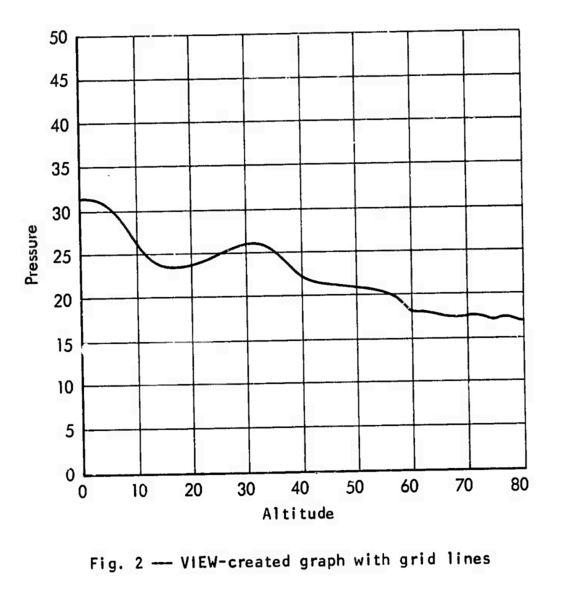RFC-136
by Darius Kazemi, May 16 2019
In 2019 I'm reading one RFC a day in chronological order starting from the very first one. More on this project here. There is a table of contents for all my RFC posts.
Accounting
RFC-136 is titled “Host Accounting and Administrative Procedures”. It's authored by Bob Kahn and dated April 29th, 1971.
The technical content
This RFC is the result of discussions held in February 1971, as detailed in RFC-101. It talks about the problem of accounting. This is a broad term that does include the question of “how do you charge money for usage of computer time on the ARPANET” but also encompasses more basic questions of keeping track of what nodes are on the network, processes for bringing new nodes online, how to account for the different resources available at different nodes, and so on.
This document doesn't provide any answers, but rather lays out a bunch of assumptions and then questions for further discussion by the accounting subcommittee and also the NWG at large.
Kahn makes a few assumptions at the outset.
First he states assumptions about the “subnets”, which refer to the layer 1 infrastructure including the IMPs, will be operated by a “government or private” entity that acts as a “cost center”, which is an accounting term that usually refers to a divison of some larger operation that does not generate revenue but only tracks expenses. In the case of the subnets, operational costs will be incurred and the idea is that the costs will be reimbursed either by contract with ARPA, or by charging the Hosts for the usage of the subnet. Kahn assumes that ARPANET subnets are not common carriers, that is to say they are a closed communications network and not meant to be sold as a utility to the general public.
Next he states his assumptions about the Host sites. Host sites are expected to pay for their own servers via ARPA money or by charging other Host sites for usage. Host sites are expected to provide usage prices based on things like “cpu, storage, connect time, peripherals”.
He also states that there won't be any standardized automated accounting procedures until the manual accounting procedures are figured out. Basically, he is suggesting that they shouldn't walk before they learn to crawl.
All of this means that there is going to need to be good traffic measurement and record keeping.
I won't detail every question posed (you can read the RFC itself for that) but some that stand out to me are:
- How do we currently account and charge for network usage?
- What kind of security and authentication is in place so we know who is using what services?
- How should pricing be approached? On a service-by-service basis or something more generic?
- Should there be standard pricing across the network?
How to follow this blog
You can subscribe to this blog's RSS feed or if you're on a federated ActivityPub social network like Mastodon or Pleroma you can search for the user “@365-rfcs@write.as” and follow it there.
About me
I'm Darius Kazemi. I'm an independent technologist and artist. I do a lot of work on the decentralized web with both ActivityPub and the Dat Project. You can support my work via my Patreon.
